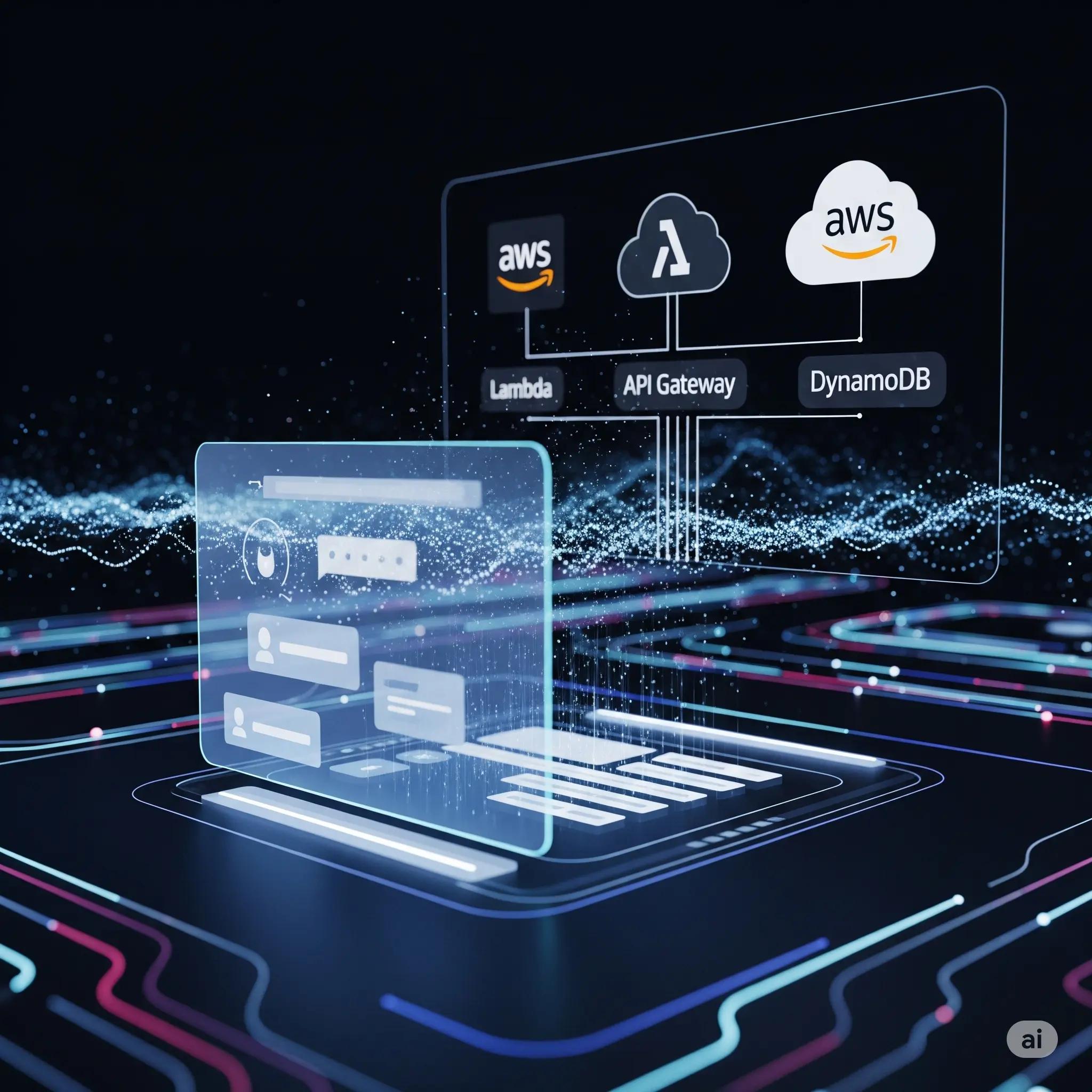
Rearc-Cast: AI-Powered Content Intelligence System
Learn how we built Rearc-Cast, an automated system that creates podcasts, generates social summaries, and recommends relevant content.

Imagine stepping into a world where the boundaries of technology are continuously pushed, a place where innovators, dreamers, and engineering experts come together to share their latest breakthroughs and accomplishments. This was the atmosphere at AWS re:Invent 2024, held in the vibrant city of Las Vegas. For those who might not have had the chance to attend, let me take you on a journey through our experience.

As we arrived at the event, the excitement was tangible. AWS re:Invent is not just a conference; it's a celebration of all things cloud, with a particular emphasis on Generative AI this year (again). Everywhere you looked, there were engaging sessions, hands-on labs, and booths showcasing the art-of-possible with cloud. For the Rearc team, this was an opportunity to dive deep into the latest advancements in the AWS ecosystem, connect with like-minded professionals, and gather insights that would fuel our passion for innovation and solving deep engineering problems.

One of the highlights of our trip was the Rearc happy hour on Monday evening. We transformed a cozy venue into a haven for tech enthusiasts, where our customers, prospects, and partners could relax, network, and share their stories. The energy in the room was infectious. As people mingled and exchanged ideas, it became clear that this was more than just a networking event—it was a community coming together. With every conversation, we celebrated not only our shared achievements but also the endless possibilities that lie ahead. The turnout was incredible, and the feedback we received was a testament to the value of our collective efforts in driving technological progress into 2025.
As a tech enthusiast with a background in solution architecture and cloud data platform, here are the top 10 AWS announcements that excited me the most. Do these resonate with you?
This is probably the most exciting announcement of the conference. AWS's commitment to the Apache Iceberg open table format and the introduction of S3 Tables leveraging Parquet as the underlying storage will quickly enable interoperability among AWS and popular cloud data platforms like Databricks and Snowflake. However, be cautious as compute-specific optimizations may differ among vendors.
S3 Metadata provides a quick way to establish data governance for S3 objects. It's great that S3 makers themselves are providing this info, potentially as a side effect of having S3 tables. Real-time business use cases leveraging metadata could be interesting.
AWS is creating its own Large Language Model (LLM) Foundation Models, promising leading performance and low cost. While I'm optimistic about the possibilities, it's too early to be excited about another LLM—testing is necessary.
Amazon Aurora is going global with an active-active configuration for distributed multi-region SQL databases. This reminded me of GCP Cloud Spanner, which is not new but very costly. Hopefully, AWS will offer a more cost-effective alternative.
Modernizing .NET or mainframe legacy applications is notoriously challenging. Let's see if Amazon Q Developer, with the latest Generative AI technology, can simplify the monolith effort—even a 50% success rate would be huge.
Generative AI is enabling intelligent self-discovery and understanding of existing data. It's good to see Amazon Q enabling QuickSight similarly. This is a significant step forward in enabling self-serve reporting for business users with limited SQL or programming skills. 4
During my time in the retail industry, there were always requirements to ensure direct paths between cloud-to-cloud or on-prem-to-cloud services, particularly for compliance. This could be a good alternative to using zone-segregated load balancers.
With the new S3 Tables in Iceberg, change data capture from Aurora Postgres/MySQL database transactions can now be exported for analytical purposes in near real-time.
Multimodal data support is expected behavior in publicly available LLMs. It's great to see this enhancement in Bedrock for AWS users.
Business workflows are complex, often involving multiple divisions. Enabling multi-agent support distributes functions and allows specialization of agents.
We love sharing what we've learned with you! Let's chat over a virtual coffee before the holidays. Wishing you a Happy and Exciting 2025!!! 🥳🎉🎊
Read more about the latest and greatest work Rearc has been up to.

Learn how we built Rearc-Cast, an automated system that creates podcasts, generates social summaries, and recommends relevant content.

Overview of the Talent Pipeline Analysis Rippling app

An AI-powered bias detection program, which takes inputted PDFs and extracts the different forms of bias found (narrative, sentiment, slant, coverage depth, etc.).

The journey of building a serverless AI chatbot for Rearc.io
Tell us more about your custom needs.
We’ll get back to you, really fast
Kick-off meeting